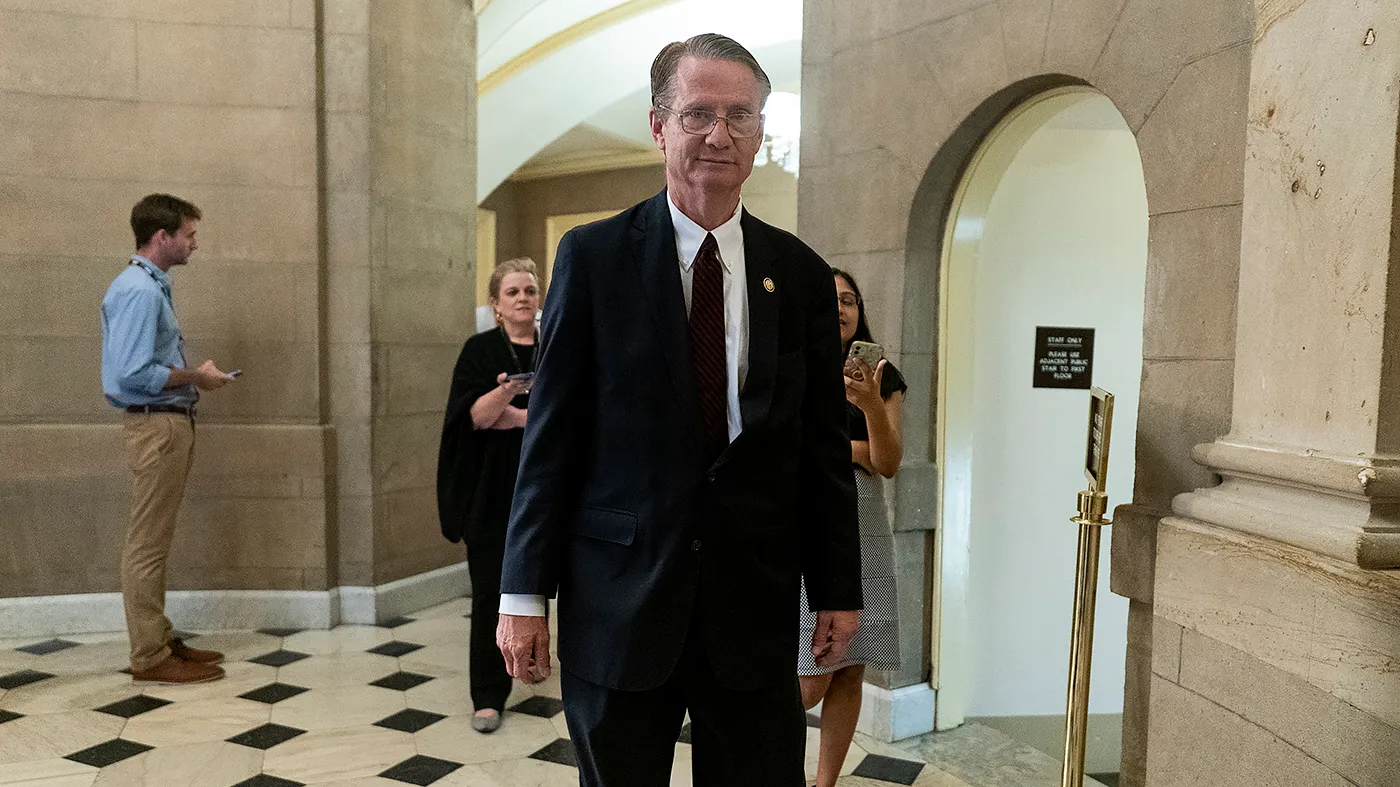Japan’s Economy Outperforms Expectations in Q2 2025 as Exports Drive Growth
Japan’s Economy Outperforms Expectations in Q2 2025 as Exports Drive Growth
By
David Goldfarb
Last updated:
August 15, 2025
First Published:
August 15, 2025

Photo: ThinkChina.sg
Economic Growth Surpasses Forecasts
Japan’s economy expanded 0.3% quarter-over-quarter in the second quarter of 2025, surpassing the 0.1% growth predicted by economists. This follows a revised 0.1% increase in the first quarter. On a year-over-year basis, GDP grew 1.2%, though slightly below Q1’s 1.8%, signaling steady yet cautious economic momentum. Annualized growth came in at 1%, more than double the anticipated 0.4%.
Exports and Trade Drive the GDP Beat
Net exports were the primary contributor to the GDP surprise, adding 0.3 percentage points. Japan’s trade deficit narrowed from April to June compared to Q1, reflecting stronger export performance. Export resilience was particularly notable amid ongoing U.S. tariffs, with Japan reaching a trade deal on July 23 that imposed a 15% blanket tariff on all exports, including automobiles.
Automobile exports, a cornerstone of Japan’s economy, accounted for 28.3% of all shipments in 2024. Despite facing 25% duties on key vehicles, Japan managed to maintain export growth, helping offset domestic headwinds.
The Nikkei 225 responded positively, rising 0.59% following the data, while the yen edged up 0.1% to trade at 147.6 against the U.S. dollar.
Investment and Domestic Pressures
Analysts caution that the GDP rebound may be temporary. Investment spending is expected to soften, and exports could slow slightly in upcoming quarters. The Bank of Japan upgraded its fiscal year 2025 growth forecast to 0.6%, up from 0.5% in April, but warned that global trade policies and declining corporate profits could weigh on growth.
Senior economists note that personal consumption is likely to remain supported by rising real wages. However, if tariff impacts suppress bonuses and wage increases in 2026, this consumption boost may be short-lived.
Demand for digital and labor-saving investments remains strong, yet the decline in corporate profits due to tariffs may exert downward pressure on capital expenditures. There is a potential risk of recession if tariff impacts intensify.
Looking Ahead
While Japan’s Q2 performance demonstrates resilience in exports and trade, the combination of external tariffs, slowing investment, and corporate profit pressures suggests a cautious outlook for the coming months. Policymakers and investors will be closely monitoring trade negotiations and domestic economic trends to assess the sustainability of Japan’s growth trajectory.
Popular articles
Subscribe to unlock premium content
Merch, Meals, and Memories

Innovating One Feature at a Time

Zero Taxes, Maximum Attraction – Why Monaco is the ultimate playground for the wealthy.

Merch, Meals, and Memories

Innovating One Feature at a Time

Merch, Meals, and Memories







.png)

